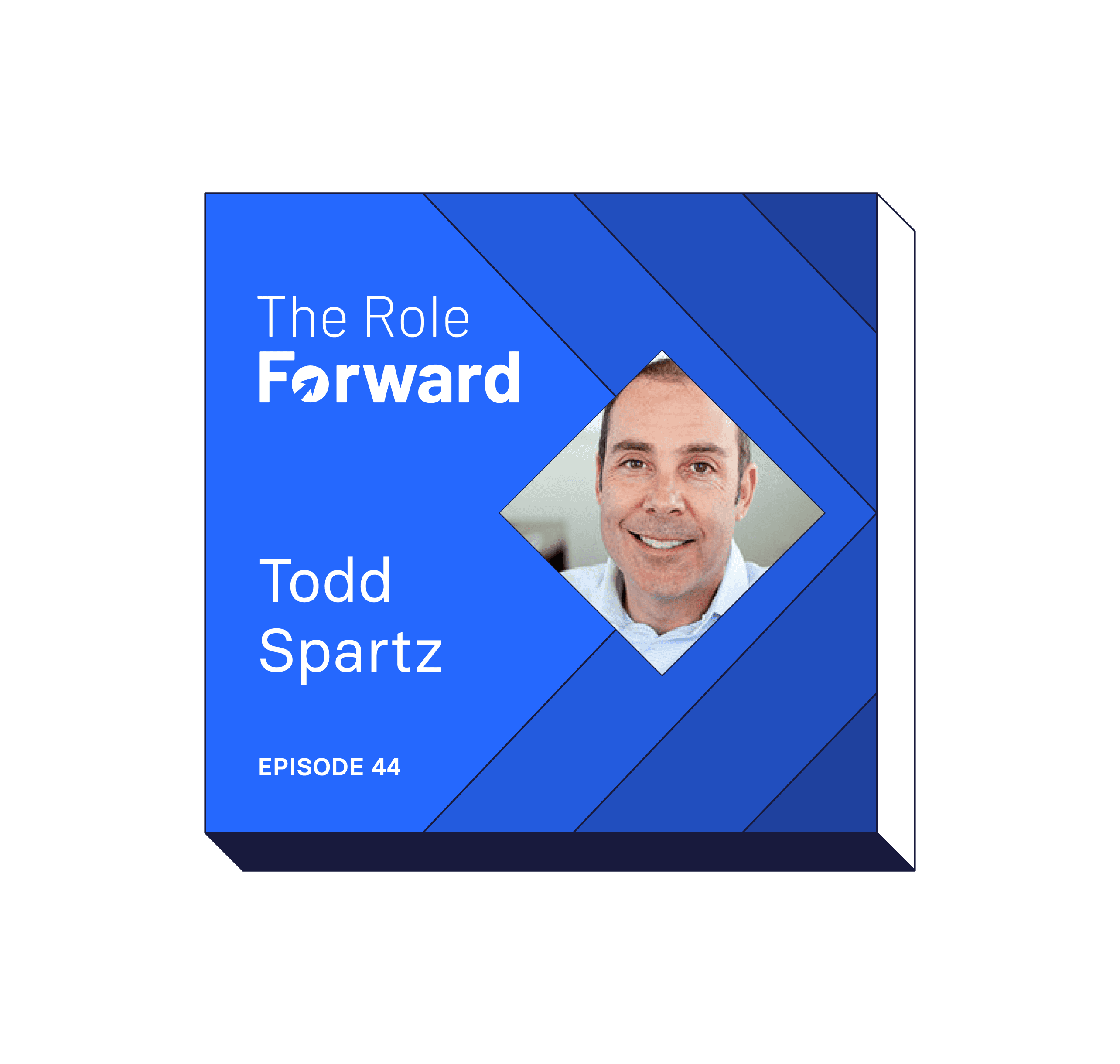Ajay Vashee on the Art of Finance Transformation
Ajay Vashee, General Partner at IVP and former CFO of Dropbox, shares what it takes to build a more modern, strategic finance function.
Episode Summary
The most successful companies disrupt their sector by innovating and changing the way business occurs. They make it streamlined, they forge new relationships, they collaborate.
Unfortunately, lack of technological investment has trapped the financial side of companies in a pattern of looking backward. Finance groups spend too much time finding data siloed in the tech stack, integrating data, interpreting data, and then finding and rectifying man-made errors in the data, leaving no time for proactive solutions. Moreover, the FinTech they use is primarily meant only for them, so even when they find solutions, it can be challenging for others to understand them, further complicating the push to improve and strategically disrupt continuously.
Ajay Vashee, a general partner at IVP and the former CFO at Dropbox, joins host Joe Garafalo on this episode of The Role Forward to discuss how FinTech can help businesses look forward and focus on what really matters to the bottom line: Business partnerships, continuous improvement, and strategic disruption.
Watch the Full Video

Previously, Ajay served as the CFO at Dropbox, but he is currently a general partner at IVP, a company that specializes in helping later-stage companies grow exponentially. While at Dropbox, Ajay helped oversee the company transition from 100 employees to nearly 3,000 and went from generating $45 million in revenue to $2 billion.
- A culture of continuous improvement and strategic disruption should permeate the entire business.
- If you want to be cutting edge, companies need to set "audacious and bold" goals relating to continuous improvement and strategic disruption.
- Because FinTech has not been strategically disrupted on a large scale, many areas need improvement, leaving space wide open for investment with favorable ROI.
Episode Highlights from Ajay Vashee
17:00 — Time saved on tasks means more time engaging in business partnerships.
“Very early on, [we] set a portion of our budget aside for investment in next-generation tools that could help us with our automation and transformation efforts. As the CFO organization and the finance organization, we also had the highest bar and accountability across Dropbox for ROI and how we measure the return on our spend, whether it was an incremental hire, whether it was a piece of software, so we were very disciplined about how we measure the return on like new tools.
We tested a lot of them, and we built some pretty detailed business plans around them before we signed up for a full-scale implementation and ongoing subscription costs. We measured a lot of that through the output of working hours saved. If we felt like we could hit 5,000-10,000 working hours saved a goal by implementing a new tool that typically translated into hundreds of thousands of dollars saved over time. So the ROI was there in a pretty compelling way.”
21:45 — FinTech has an exciting opportunity to address the inefficient processes.
“Data tends to be siloed across many systems and services and tools, so data standardization becomes this monster involving manual work, which is prone to error. You’re trying to piece it all together to understand what the heck is happening with revenue or top line. […], So you just have these issues popping up across the finance tech stack.
So you have this data silo issue, then this need to reconcile. It really inhibits strategic thinking, so despite its resources and expertise, the finance organization’s efforts often get overwhelmed looking backward. Gap-related entries tend to be entered at the end of every month or quarter. Those numbers will not allow for accurate or timely historical or forecast to be generated, [meaning] indicators within an ERP system and other finance systems aren’t really leveraged or fully utilized due to the difficulty of extracting and cleaning that data.
Then there’s a lot of time spent on error, checking, and reporting, [which] can take hours and hours of manual labor often completed by full-time employees. And then benchmarking often requires a lot of manual work of digging through filings in the industry, whatever industry you’re operating in, reconciling and standardizing on certain metrics.
So you have this massive effort that’s very backward-looking.”
23:35 — Exploring ways to help businesses implement tech more efficiently is another area ripe for disruption in the finance world.
“You have this issue of implementation. [In my time at Dropbox], a lot of effort had to go into implementation [of Alteryx]. We had to work with a consulting firm, and it took many, many months and quarters to get it up and running. There was a whole testing and iteration period. Most tools require an internal tooling team where the IT team can set up and train to administrate, which creates this additional expense and compliance burden for the organization.
[Once it’s up and running], the software does not scale with the organization, and that forces costly migrations and retraining over time. When I started at Dropbox, one of the first projects I worked on was to migrate us off of QuickBooks onto NetSuite. Then as we scaled as a company, we started to scale beyond the limits of NetSuite’s revenue recognition and fixed asset modules […], so we had to migrate to Oracle Fusion. Each of those migrations took quarters, if not years, and millions of dollars to manage.”
25:30 — What the future holds for finance tech.
“The best of [UX design] that we’ve seen come to industries like the design vertical, the sales vertical, the marketing vertical, where [designers are] building beautiful products that people love and can engage with hasn’t come to the finance vertical. Designing for the end-user and really understanding their pain points and challenges both as it relates to workflow and UX and UI, there’s a massive opportunity there as it relates to finance tooling.
Automation tools or capabilities and tools that don’t require reworkable IT timelines and budgets [is a big opportunity]. This theme of leaning into low-code or no-code solutions for the CFO or user in mind is a big one, and we’re going to see more and more tools kind of embrace that philosophy going forward.
Today the typical finance organization relies on this disjointed software stack to facilitate their work. So you have things living in email and communication and collaboration living in an email, on Slack, in random elements of other tools. But then you have the core workflow living in these clunky tools designed 20, 30 years ago for the finance organization. But how do you marry that […] into a really elegant, collaborative user experience for design? […] Integrating elements, collaboration, and communication into finance tooling will be a pretty interesting theme.
I think there’s a huge opportunity to disintermediate spreadsheets as the unifying substrate. In many ways, Excel and Google sheets act as the modern workhorse of the CFO organization, and they operate as databases and applications. A lot of workflows are managed relatively inefficiently on spreadsheets. They perform way too many jobs today, and they have this archaic UI, confusing features, and presuppose that core financial data is best manipulated via a single flat table. The performance degrades as you get to larger and larger volumes. So what is a next-generation tool that can replace the spreadsheet as a substrate that has a UX that people love to engage with that’s inherently collaborative?”


